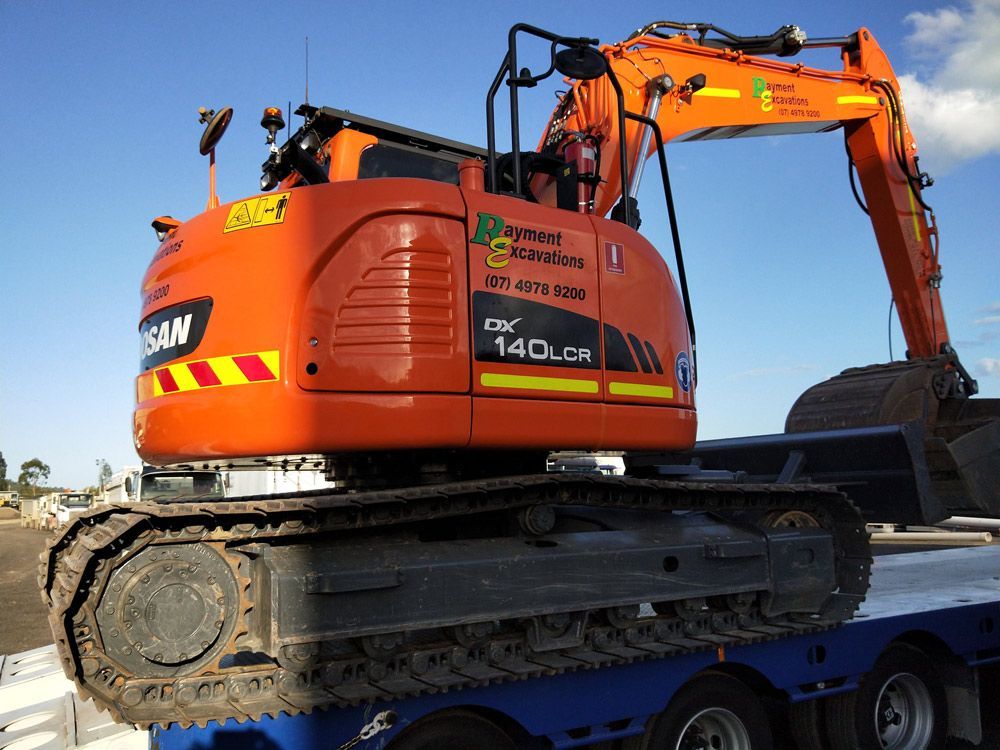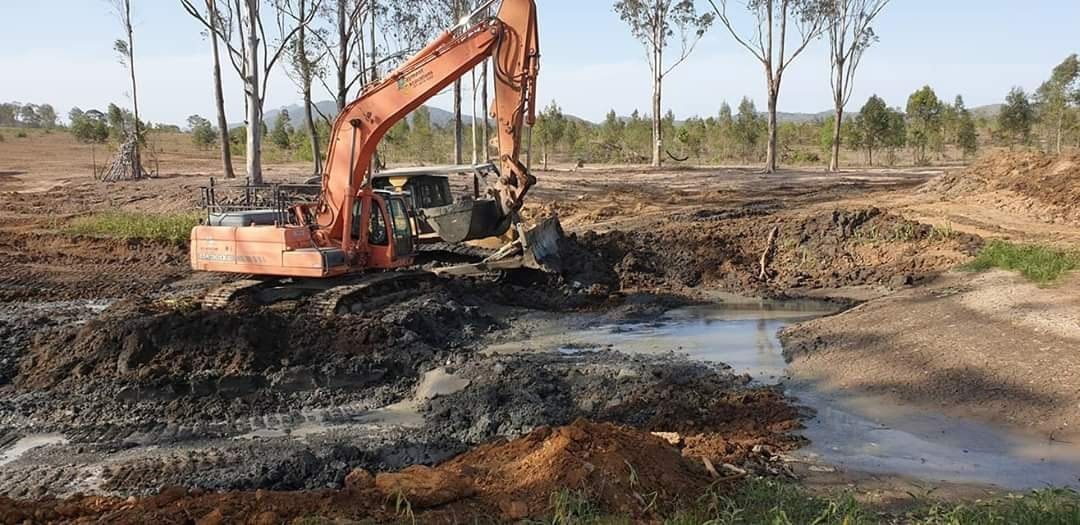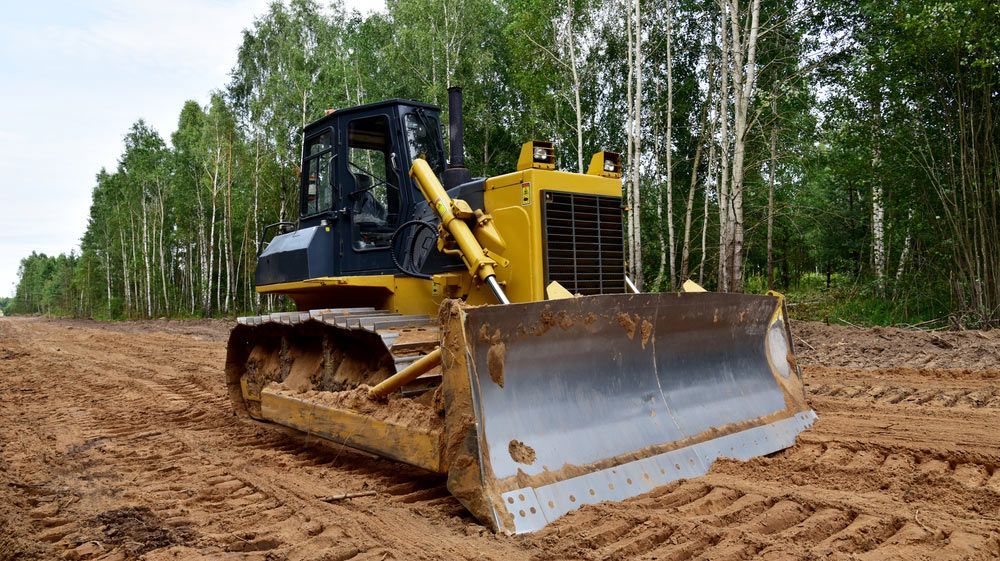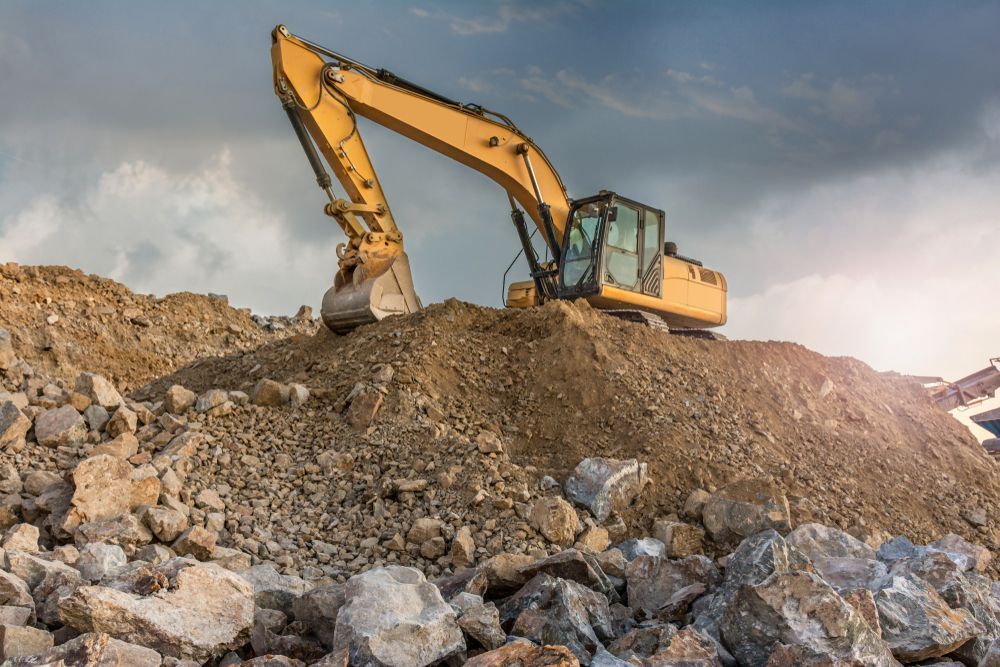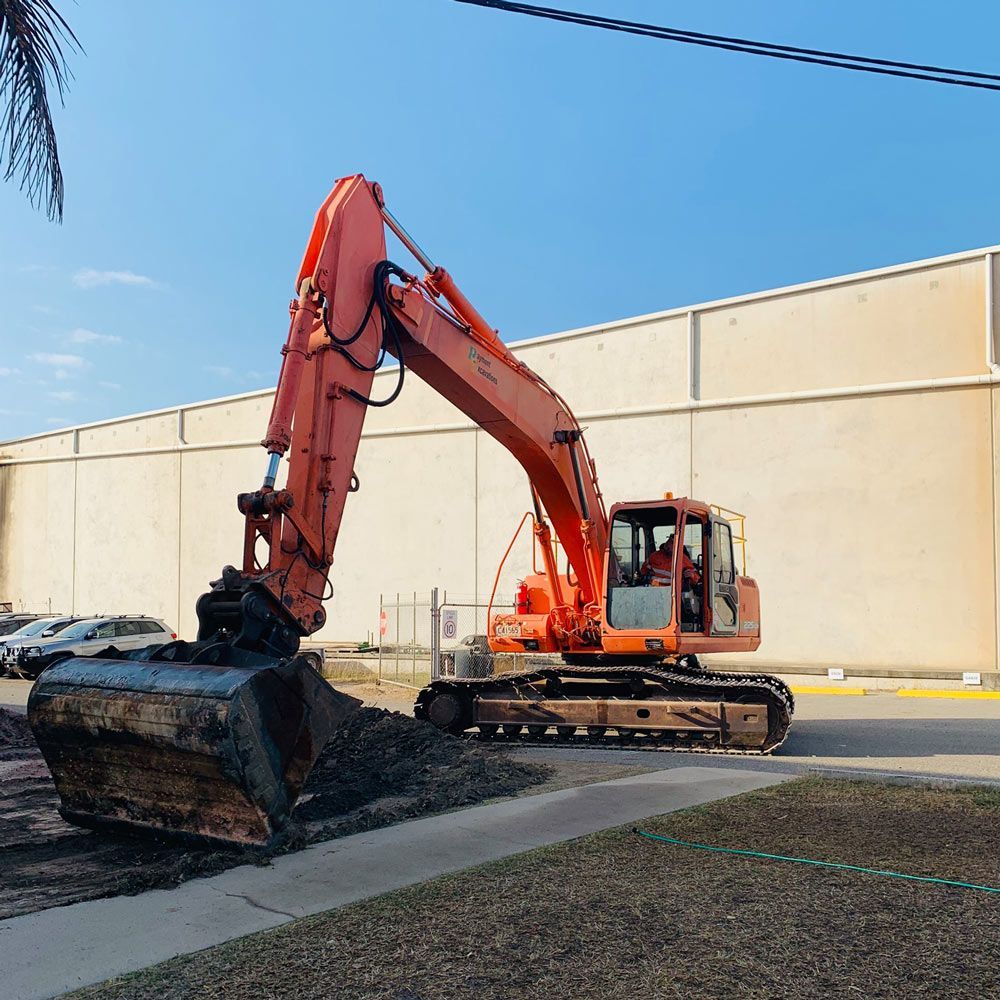4 Safety Measures For Excavators In Rain & Thunderstorms
Operating
excavators during rain and thunderstorms can present unique challenges. Wet conditions not only affect the safety of workers but also put the machinery at risk of damage, potentially delaying projects and increasing costs. Understanding and implementing proper safety measures is essential to minimise these risks and maintain efficiency. This blog outlines key precautions and practices to help ensure safe excavation operations during adverse weather conditions, focusing on protecting workers, maintaining
equipment, and avoiding hazards.
1. Conducting Pre-Operation Weather Assessments
Before commencing operations, it is vital to assess weather conditions to identify potential risks. Rain and thunderstorms can increase the chances of machinery malfunctions and worker injuries.
- Monitor local weather forecasts: Use reliable weather apps or services to stay updated on conditions.
- Anticipate sudden changes: Incorporate real-time weather alert systems on-site for quick response.
- Develop contingency plans: Have evacuation procedures and safety drills for lightning or storms.
By planning, you can minimise risks and adjust operations to suit the environment, ensuring the safety of your team and machinery.
2. Securing Machinery Against Rain Damage
Excavators are intricate machines with sensitive components, making them vulnerable to water damage during heavy rains. Safeguarding equipment during downtime and operation is crucial.
- Use waterproof covers: Cover machinery to protect it from direct rain exposure, especially during idle hours.
- Inspect seals & joints regularly: Check for wear or gaps that could allow water ingress.
- Protect hydraulic systems: Monitor for water contamination in hydraulic fluids, as it can impair performance.
Taking these precautions prolongs the life of your equipment and ensures smooth operation when work resumes.
3. Implementing Worker Safety Protocols
Worker safety should always be a top priority, particularly during hazardous weather conditions. Rain and thunderstorms increase the likelihood of accidents, making it essential to follow safety protocols.
- Pause operations during lightning: Cease all outdoor activities if lightning is observed within 10 km of the site.
- Equip workers appropriately: Provide high-visibility rain gear to improve visibility in low-light conditions.
- Reduce slips & falls: Ensure workers wear slip-resistant boots and keep walking areas free of mud and water.
A strong focus on worker safety minimises the risk of accidents and fosters a safe and productive work environment.
4. Adopting Post-Rain Maintenance Practices
After the rain clears, thorough maintenance and inspections are conducted to ensure the site and machinery are safe for continued use.
- Inspect equipment: Check brakes, hydraulics, and electrical systems for rain-induced issues.
- Drain water accumulation: Clear pools of water from the site to stabilise the ground and reduce hazards.
- Apply fresh lubrication: Protect machinery from rust and corrosion caused by water exposure.
These post-rain measures ensure that operations resume without unnecessary delays or risks, keeping projects on track.
Choose Us for Safe & Reliable Excavator Hire in Gladstone
At
Rayment Excavations, safety is integral to every service we provide. Whether you need to hire an excavator in Gladstone for residential, commercial, or industrial projects, you can count on us to deliver well-maintained equipment and expert advice tailored to your needs.
Contact us today to hire an excavator in Gladstone.


